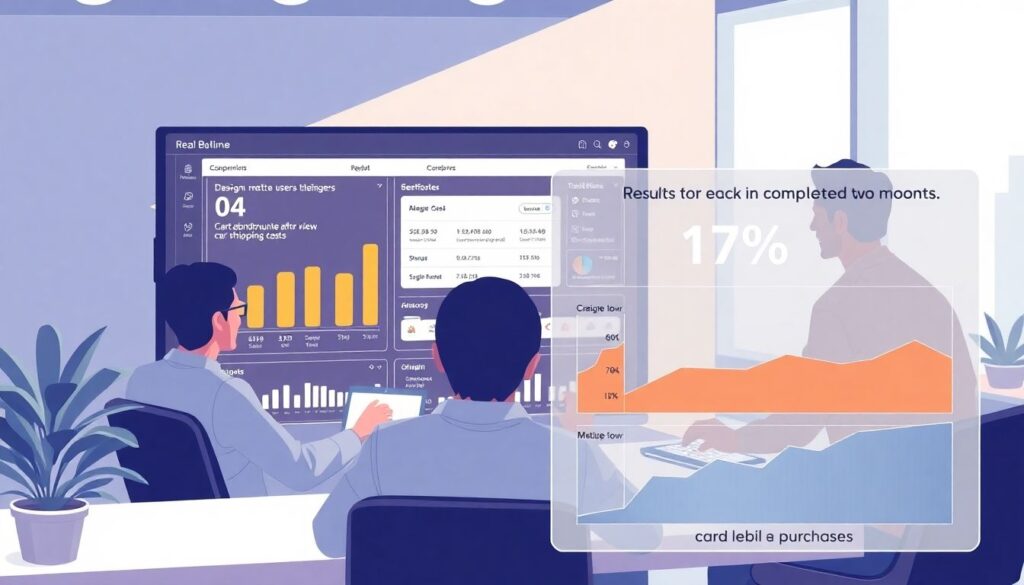Understanding Actionable Signals: Turning Data into Strategic Decisions
In a world overflowing with data, the ability to extract meaning and act on it is more crucial than ever. “Actionable signals” refer to those specific, relevant, and timely pieces of information that trigger measurable actions. Unlike raw data or passive insights, actionable signals are directly tied to decision-making processes and operational outcomes.
This concept is particularly vital in domains such as cybersecurity, marketing analytics, finance, and operations. The real power of actionable signals lies in their capacity to reduce noise, highlight priority areas, and catalyze rapid, informed responses.
Inspiring Use Cases: From Data to Impact

Consider the case of a global e-commerce company that implemented real-time behavioral tracking. By identifying actionable signals—such as cart abandonment after viewing shipping costs—they redesigned their checkout flow. The result? A 17% increase in completed purchases within two months.
Another example comes from cybersecurity. A leading financial institution used machine learning to detect anomalous login patterns. Instead of flagging every deviation, the system was trained to isolate actionable signals—those with a high likelihood of indicating credential compromise. This reduced false positives by 80% and accelerated response times.
These stories illustrate that the value of data lies not in its volume, but in its relevance and utility.
How to Develop Actionable Signals in Your Organization
Building a system that consistently generates actionable signals requires both strategic planning and technical execution. Below are five core steps to guide the process:
- Define Your Objectives: Start with clear business goals. Whether it’s reducing churn or improving delivery times, your signals must align with measurable outcomes.
- Identify Key Metrics: Determine which indicators are most predictive of the outcomes you care about. These could be behavioral, transactional, or environmental data points.
- Filter the Noise: Use statistical techniques or AI models to separate signal from noise. This is where data science plays a pivotal role in refining the raw input.
- Automate Detection: Implement systems that can detect these signals in real-time, such as anomaly detection engines or rule-based alerting systems.
- Integrate with Workflows: Ensure that once a signal is detected, it triggers a pre-defined action—be it an alert, a workflow, or a decision recommendation.
This structured approach transforms data from a passive asset into an active driver of business value.
Successful Projects Leveraging Actionable Signals
One standout example is Netflix’s content recommendation engine. Beyond basic viewing habits, the platform identifies micro-signals such as watch duration, pause frequency, and device switching. These are not just vanity metrics—they’re actionable signals that inform content investment decisions and user interface changes.
Another compelling case is in predictive maintenance. General Electric uses sensors on jet engines to monitor vibrations, heat, and pressure. Instead of reacting to failures, they analyze these signals to predict malfunctions before they happen—saving millions in downtime and repairs.
These projects demonstrate that actionable signals are not limited to digital products—they span physical systems, human behavior, and complex ecosystems.
Resources to Deepen Your Expertise
To build a robust understanding and application of actionable signals, consider the following resources:
- Books: “Data Science for Business” by Provost & Fawcett, and “Lean Analytics” by Croll & Yoskovitz offer foundational and applied perspectives.
- Courses: Coursera’s “Applied Data Science” by the University of Michigan and edX’s “Analytics Storytelling for Impact” are excellent starting points.
- Tools: Platforms such as Looker, Tableau, and Grafana support signal visualization, while Python libraries like Scikit-learn and TensorFlow enable custom signal detection models.
- Communities: Engage with communities like DataTau, Reddit’s r/datascience, and LinkedIn groups focused on real-time analytics and operational intelligence.
These resources can accelerate both your theoretical understanding and practical implementation skills.
Conclusion: From Insight to Execution

Actionable signals are not just a technical construct—they are a strategic imperative. In an era where speed and precision define success, organizations that can distill clarity from complexity will lead the way. The future belongs to those who can not only collect data but act on it with confidence and agility.
By investing in the right frameworks, technologies, and talent, any organization can transform data into a competitive advantage—one signal at a time.

